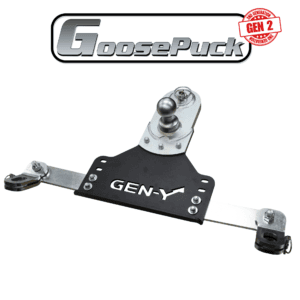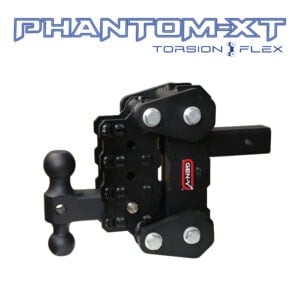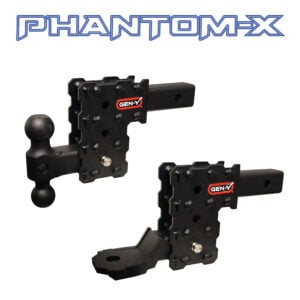Changing a trailer tire might sound tricky, but it’s a skill that can be useful for any trailer owner. Whether on a long journey or facing a flat tire at home, knowing how to change it yourself can save time and money. This article will guide you through the process in simple steps, ensuring you can easily handle tire issues on the road.
Step 1: Safety First
Before you begin, make safety a priority. Park your trailer on a flat, stable surface, engage the parking brake, and turn on hazard lights to alert others. Ensure you have the necessary tools and safety gear: a jack, lug wrench, spare tire, gloves, and safety goggles.
Step 2: Locate the Flat Tire
Identify the flat tire on your trailer. If it’s a tandem-axle trailer, remember that you’ll need to change both tires on the same side for balance.
Step 3: Loosen Lug Nuts
Start by loosening the lug nuts on the flat tire using the lug wrench. Do not remove them entirely yet; break their initial resistance. This is easier to do while the tire is still on the ground.
Step 4: Position the Jack
Place the jack in a safe and stable position under the trailer frame near the flat tire. Ensure the jack’s saddle (the part that touches the trailer) is in the correct place to lift the trailer safely.
Step 5: Lift the Trailer
Using the jack’s handle, raise the trailer until the flat tire is entirely off the ground. Be cautious and avoid placing body parts under the trailer during this process.
Step 6: Remove the Lug Nuts and the Flat Tire
Now that the trailer is safely lifted, remove the loosened lug nuts and the flat tire. Place the lug nuts in a safe spot where you won’t lose them.
Step 7: Install the Spare Tire
Lift the spare tire onto the wheel hub and align the holes in the rim with the wheel bolts. Push the spare tire gently until it’s fully seated on the hub.
Step 8: Tighten Lug Nuts by Hand
Begin threading the lug nuts onto the wheel bolts by hand. This ensures they are correctly aligned and prevents cross-threading.
Step 9: Lower the Trailer
Carefully lower the trailer back down to the ground using the jack. Make sure the ground fully supports it before proceeding.
Step 10: Tighten Lug Nuts with the Wrench
Using the lug wrench, tighten the lug nuts in a star or crisscross pattern. This ensures even pressure on the spare tire. Once they are snug, lower the trailer fully, and then finish tightening the lug nuts as much as possible.
Step 11: Double-Check Lug Nuts
After driving a short distance (about a mile), recheck the lug nuts to ensure they are still securely fastened. It’s common for them to settle after initial tightening.
Congratulations! You’ve successfully changed a trailer tire. Remember to have the flat tire repaired or replaced as soon as possible. Regularly inspect your trailer tires for signs of wear and maintain proper tire pressure to prevent future issues. With this newfound skill, you’ll be well-prepared for unexpected tire problems during your travels.
Let Us Help!
Gen-Y Hitch exists to better the lives of our customers, dealers, vendors, employees, and the automotive industry. We will always put our customers’ needs ahead of our own. Contact us today, and let us help you!











